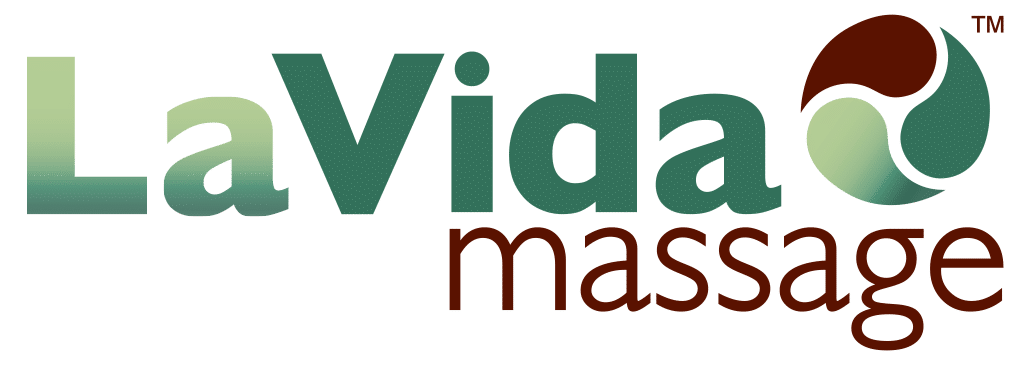By Donna Maurer. For more, contact her via donnamaurer.com
Muscle cramps, fatigue, nausea, back pain, swollen feet, and heartburn! Creating life is a natural process, but that doesn’t mean it’s comfortable. While some women feel great throughout their entire pregnancy, others experience every discomfort in the book. Thankfully, there are several steps a mom-to-be can take that will relieve their discomfort. Eating a healthy, nutritious diet, gentle exercise like walking and yoga, and prenatal massage can all make pregnancy much more pleasant.
For an expecting mom, prenatal massage offers physiological, emotional, and psychological benefits. It’s different from a regular massage because it focuses on the particular needs of a mom-to-be as her body goes through the dramatic changes of pregnancy. A qualified prenatal massage therapist knows how to adapt the technique for a pregnant woman in each trimester of her pregnancy.
For the pregnant woman, prenatal massage can relieve mental and physical fatigue, improve circulation and blood flow, improve the function of sore or stiff joints and muscles. This non-invasive and gentle form of therapeutic bodywork can also ease the discomforts of pregnancy while nurturing the emotional needs of the pregnant mother and helping her get ready for labor and delivery.
Let’s take a more in-depth look at how prenatal massage can help during every stage of pregnancy.
The Benefits of Prenatal Massage During Every Stage of Pregnancy
Prenatal massage offers benefits for both mom and baby throughout the entire pregnancy. When you are expecting, everything you do, especially what you eat and how you exercise, could affect your growing baby. There is a direct connection between the mother’s state of mind the healthy development of the baby. Common pregnancy complications, such as uterine prolapse, scar tissue, and incontinence, can also be prevented by keeping your uterus and ligaments healthy with prenatal massage.
One study even found evidence that receiving prenatal massage regularly throughout pregnancy can shorten delivery times and make labor more comfortable, possibly reducing the need for epidurals and other pain medications. The same study also shows that receiving massage as a regular part of prenatal care reduced the need for cesarean births by half.
Other key benefits include:
- Reduced stress levels and fewer insomnia issues because of the increased relaxation
- Relief of hormone-induced anxiety and depression
- Less edema, nasal congestion, shortness of breath, fatigue, and digestive problems
- Reduced hip and joint pain, sciatica, headaches, leg cramps, muscle spasms, and lower back pain
- Reduction of stress on the joints and muscles
- Fewer stretch marks because skin and underlying tissues are more pliable
- Supports circulation and blood flow for both mother and baby
First Trimester Benefits
It used to be that prenatal massage wasn’t recommended for women in their first trimester, but that’s no longer the case. Recent studies show that proper prenatal massage by a qualified practitioner can have tremendous benefits at this stage of pregnancy. And, a healthy first trimester sets a good foundation for a healthy pregnancy, baby, and delivery.
Prenatal massage during the first trimester will focus mainly on correcting pre-existing problems like back, pelvic, neck, or shoulder pain that could worsen as the pregnancy progresses. Relieving these problems now will help your body adapt to the rapid changes that come with creating a new life.
This stage of pregnancy also brings a whole host of symptoms due to the sudden influx of pregnancy hormones. Prenatal massage can provide significant relief for many of these symptoms, including morning sickness, constipation, and headaches.
Second Trimester Benefits
As you enter the second trimester of pregnancy, things settle down a bit, and those initial discomforts begin to subside. However, your belly is also growing at a rapid rate, and as your center of gravity is thrown off, back pain can become a problem. Prenatal massage at this stage can relieve tenseness in the muscles and improve your posture and alignment.
Now is also the time your massage practitioner will want to focus on supporting the rapidly enlarging uterus as grows from about four ounces to as much as 13 pounds by the end of your pregnancy. Your practitioner will work to keep your ligaments flexible and toned, which will be extremely beneficial for preventing not only pelvic and back pain, but also preterm and back labor.
Third Trimester Benefits
Now that you’ve entered your third trimester, you and your practitioner will be focused on getting ready for labor and delivery. Hormonal changes and weight gain will put additional strain on the ligaments that support your uterus.
The added pressure your bulky uterus puts on your legs and feet may cause swelling or fluid buildup. Your growing uterus is also likely to cause issues with elimination and digestion, and heartburn becomes a daily issue. You may also be experiencing increased anxiety about labor and delivery.
Prenatal massage in the third trimester can be incredibly beneficial for all of these symptoms, and it will also help to keep your stress levels low. Your practitioner will have special pillows and a larger table to make sure you’re comfortable and secure throughout your massage.
Postnatal Massage Benefits
Postnatal massage can offer some incredible benefits after delivery as well. Your body goes through so much during pregnancy and childbirth, and postpartum massage is a great way to support your body and help it get back to normal after your baby is born. It can support proper bladder and digestive function and help get your pelvic floor back into shape. It’s also excellent for coping with the stress and possible depression that often accompany the hormonal changes after pregnancy.
As you can clearly see, prenatal massage can be incredibly helpful throughout every stage of pregnancy and beyond. It’s a non-invasive and safe way to support your mind and body and encourage a comfortable pregnancy and childbirth.

Recent Comments